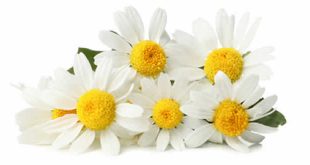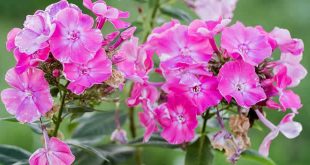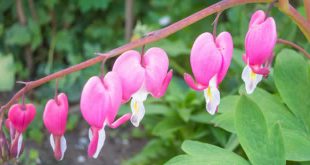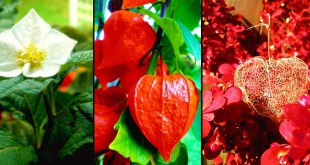 Saint-John’s-Wort — St John’s wort used alone refers to the species Hypericum perforatum, also known as Tipton’s Weed or Klamath weed, but, with qualifiers, is used to refer to any species of the genus Hypericum. Therefore, H. perforatum is sometimes called Common St John’s wort to differentiate it. The species of Hypericum have been placed by some in the family Hypericaceae, but more recently have been included in the Clusiaceae.[citation needed] Approximately 370 species of the genus Hypericum exist worldwide with a native geographical distribution including temperate and subtropical regions of North America, Europe, Asia Minor, Russia, India and China.
Saint-John’s-Wort — St John’s wort used alone refers to the species Hypericum perforatum, also known as Tipton’s Weed or Klamath weed, but, with qualifiers, is used to refer to any species of the genus Hypericum. Therefore, H. perforatum is sometimes called Common St John’s wort to differentiate it. The species of Hypericum have been placed by some in the family Hypericaceae, but more recently have been included in the Clusiaceae.[citation needed] Approximately 370 species of the genus Hypericum exist worldwide with a native geographical distribution including temperate and subtropical regions of North America, Europe, Asia Minor, Russia, India and China.
St John’s wort can be visually recognized by leaf and flower type. Yellow, five petaled flowers approximately 20 mm across occur between late Spring and early to mid Summer. Leaves exhibit obvious translucent dots when held up to the light, giving them a ‘perforated’ appearance, hence the plant’s Latin name. When flowers or seed pods are crushed, a reddish/purple liquid is produced.
St John’s wort is a perennial plant with extensive, creeping rhizomes. Its stems are erect, branched in the upper section, and can grow to 1 m high. It has opposing, stalkless, narrow, oblong leaves which are 12 mm long or slightly larger. The leaves are yellow-green in color, with transparent dots throughout the tissue and occasionally with a few black dots on the lower surface. Its flowers measure up to 2.5 cm across, have five petals, and are colored bright yellow with conspicuous black dots. The flowers appear in broad cymes at the ends of the upper branches. The sepals are pointed, with glandular dots in the tissue. There are many stamens, which are united at the base into three bundles.
St John’s wort has a complex life cycle that includes a mature plant cycle with vegetative and sexual reproduction. It thrives in areas with either a winter- or summer-dominant rainfall pattern; however, distribution is restricted by temperatures too low for seed germination or seedling survival. Altitudes greater than 1500 m, rainfall less than 500 mm, and a daily mean January temperature greater than 24 degrees are considered limiting thresholds. Depending on environmental and climatic conditions, and rosette age, St John’s wort will alter growth form and habit to promote survival. Summer rains are particularly effective in allowing the plant to grow vegetatively, following defoliation by insects or grazing.
 Kids Portal For Parents India Kids Network
Kids Portal For Parents India Kids Network




